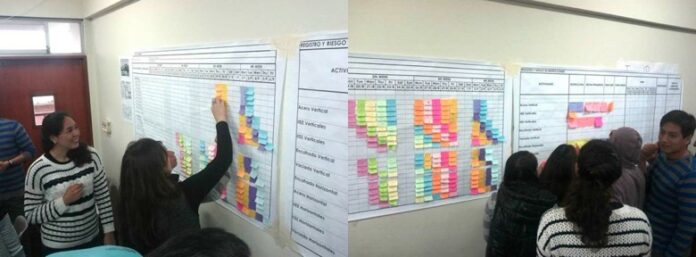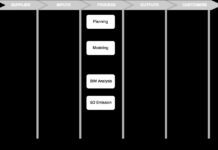The construction industry, and project management in general, often struggles with predictability and efficiency. The Last Planner® System (LPS), developed by Glenn Ballard and Greg Howell, aims to solve these issues by focusing on reliable workflow and continuous learning. A key component of LPS is Pull Planning, a collaborative process that flips traditional “push” methods on their head by starting with the end goal and working backward.
What is Pull Planning?
Unlike traditional planning, where tasks are assigned from the top down, Pull Planning begins with the final milestone and asks what needs to happen immediately before to achieve it. This creates a “pull” effect: each stage requests what it needs from the previous one, rather than being told what to do. This approach, as highlighted by Tsao et al., aligns with lean principles by reducing waste and improving coordination.
The process typically involves:
- Defining the overall structure of the project phase.
- Setting up a visual display (often a whiteboard) to track progress.
- Planning backward from the final milestone.
- Identifying and addressing constraints that might delay delivery.
- Ensuring agreements between team members on tasks and timelines.
Gamifying Lean: The Origami House Simulation
To make these concepts tangible, educators and companies are using gamified simulations, such as the Origami House exercise. This hands-on approach compresses the learning curve, allowing participants to experience Lean principles in a short time.
The exercise involves six stations, each representing a step in a simple assembly process. Two rounds are run:
- Round 1: Workers focus solely on their assigned task, with limited communication. This mimics traditional, siloed workflows.
- Round 2: The team is allowed to re-sequence work, balance workloads, and resolve quality control issues collaboratively. This demonstrates the power of pull planning and continuous improvement.
Performance Metrics & Results
The simulation tracks key performance indicators (KPIs) to illustrate the benefits of lean principles. The data shows:
| Metric | Round 1 | Round 2 |
|---|---|---|
| Production (units) | 4.2 | 6.6 |
| Cycle Time (sec) | 156.40 | 123.80 |
| Total Time (min) | 6 | 6 |
| Inventory (units) | 3.2 | 3.6 |
| Rework (units) | 0.6 | 0 |
| Production Cost ($) | $60,000 | $60,000 |
| Cost of Inventory/Rework ($) | $380 | $360 |
| Total Cost ($) | $60,380 | $60,360 |
| Cost per Product ($) | $14,376.19 | $9,145.45 |
These results clearly show that Round 2, with its collaborative and pull-based approach, resulted in faster cycle times, reduced rework, and a significantly lower cost per product. The simulation highlights how bottlenecks are identified and overcome when teams work together, focused on delivering value rather than simply completing tasks.
The Value of Experiential Learning
As Alves et al. emphasize, Lean Construction isn’t just about tools and techniques; it requires sustained engagement and meaningful learning experiences. Simulations like the Origami House exercise provide exactly that: a safe, low-stakes environment where participants can internalize lean principles through practice. Organizations, like the Pontifical Catholic University of Peru, are recognizing this need and actively contributing to the effort of making Lean Construction a lasting reality, not just a passing trend.
In conclusion, the Origami gamification method provides a powerful way to teach Pull Planning, demonstrating that a collaborative, pull-based approach leads to tangible improvements in efficiency, cost, and quality. The simulation underscores the importance of continuous learning and adaptation in achieving sustainable project success.






























